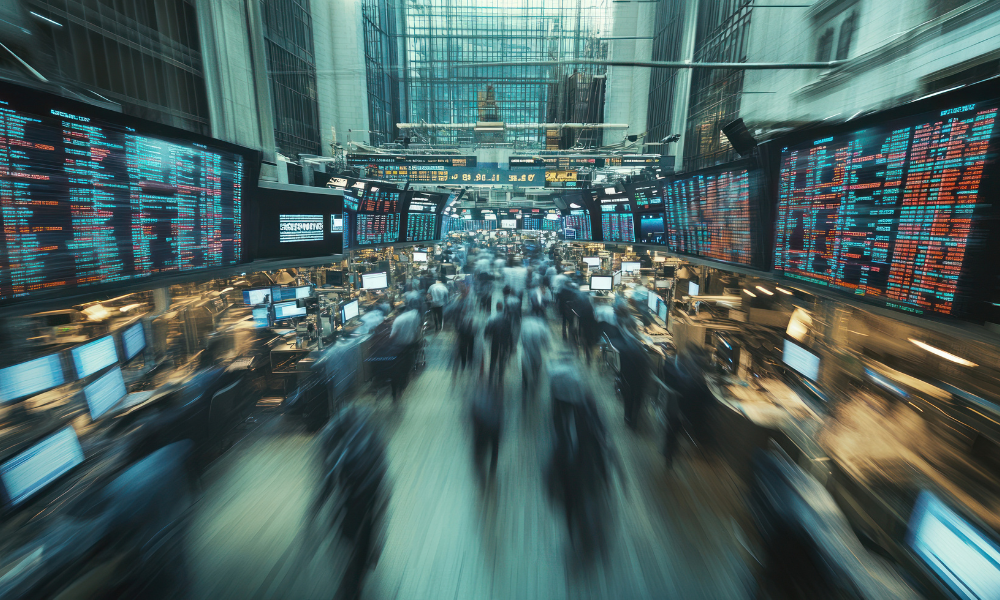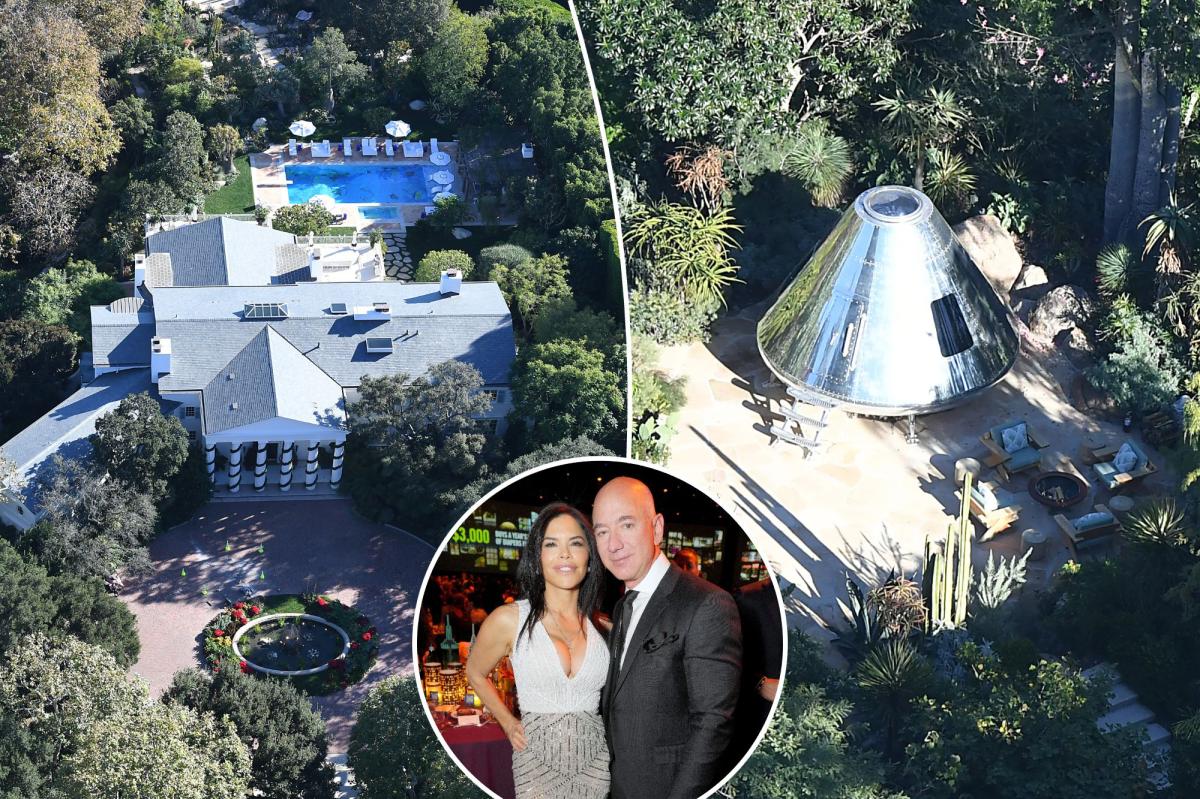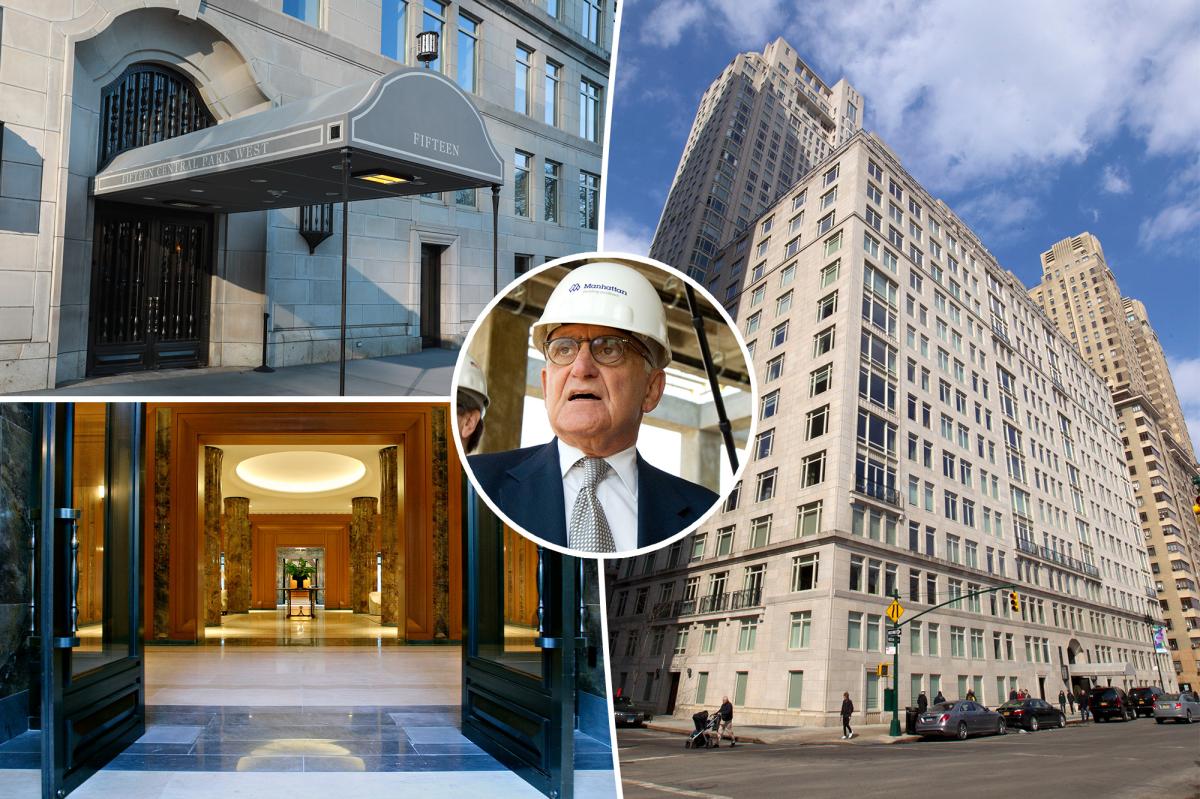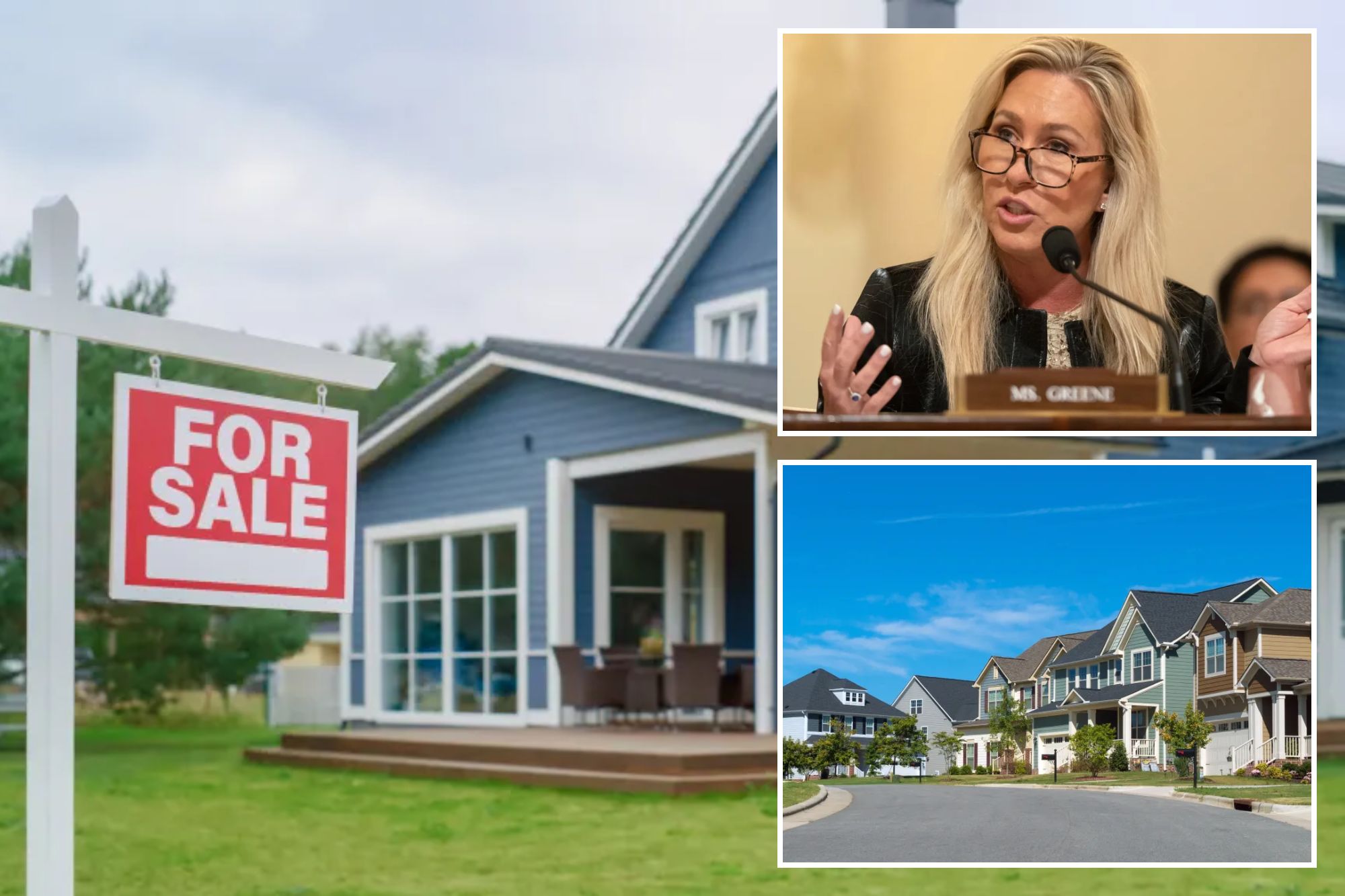I
n today's climate-conscious investment landscape, commercial real estate companies are prioritizing sustainability and energy efficiency as key drivers of their identity and value. By embracing advanced technology and decarbonization strategies, these forward-thinking firms can not only reduce greenhouse gas emissions but also boost property values and operating profits.
Leading examples, such as the Empire State Building's 40% reduction in energy consumption after a comprehensive retrofit, demonstrate the significant cost-saving opportunities that deep retrofits can offer. Climate-proofing properties involves a tiered process of minor, major, and deep retrofits, which not only enhance energy efficiency but also reduce carbon footprints and increase resilience.
Minor retrofits are a low-cost starting point, targeting "low-hanging fruit" improvements such as sealing leaks, improving insulation, and upgrading lighting systems. These initial steps yield significant returns while causing minimal disruption to occupants. Building on this foundation, major retrofits involve more significant updates that remain minimally disruptive, enhancing thermal performance, energy efficiency, and environmental sustainability.
For the most dramatic transformation, deep retrofits involve extensive upgrades that can lead to up to 60% savings in operational costs. These retrofits are planned around natural turnover periods or major building lifecycle events to minimize inconvenience. Strategies might include significant structural changes, replacing roofing with highly insulating materials, and introducing advanced heating and cooling systems.
By integrating minor, major, and deep retrofits into a cohesive strategy, property owners can scale their improvements in alignment with budgetary allowances and building occupancy cycles. This approach not only improves energy efficiency and carbon reduction but also increases asset value, reduces operational expenses, and ensures adherence to evolving standards for green buildings.
In conclusion, climate-proofing your property through sustainable upgrades is a strategic economic choice that can drive long-term success and resilience in the face of increasing environmental regulations and volatile energy prices. As the industry adopts these practices, energy efficiency and decarbonization become integral to modern real estate management, signaling a shift toward a more resilient and environmentally conscious future.













